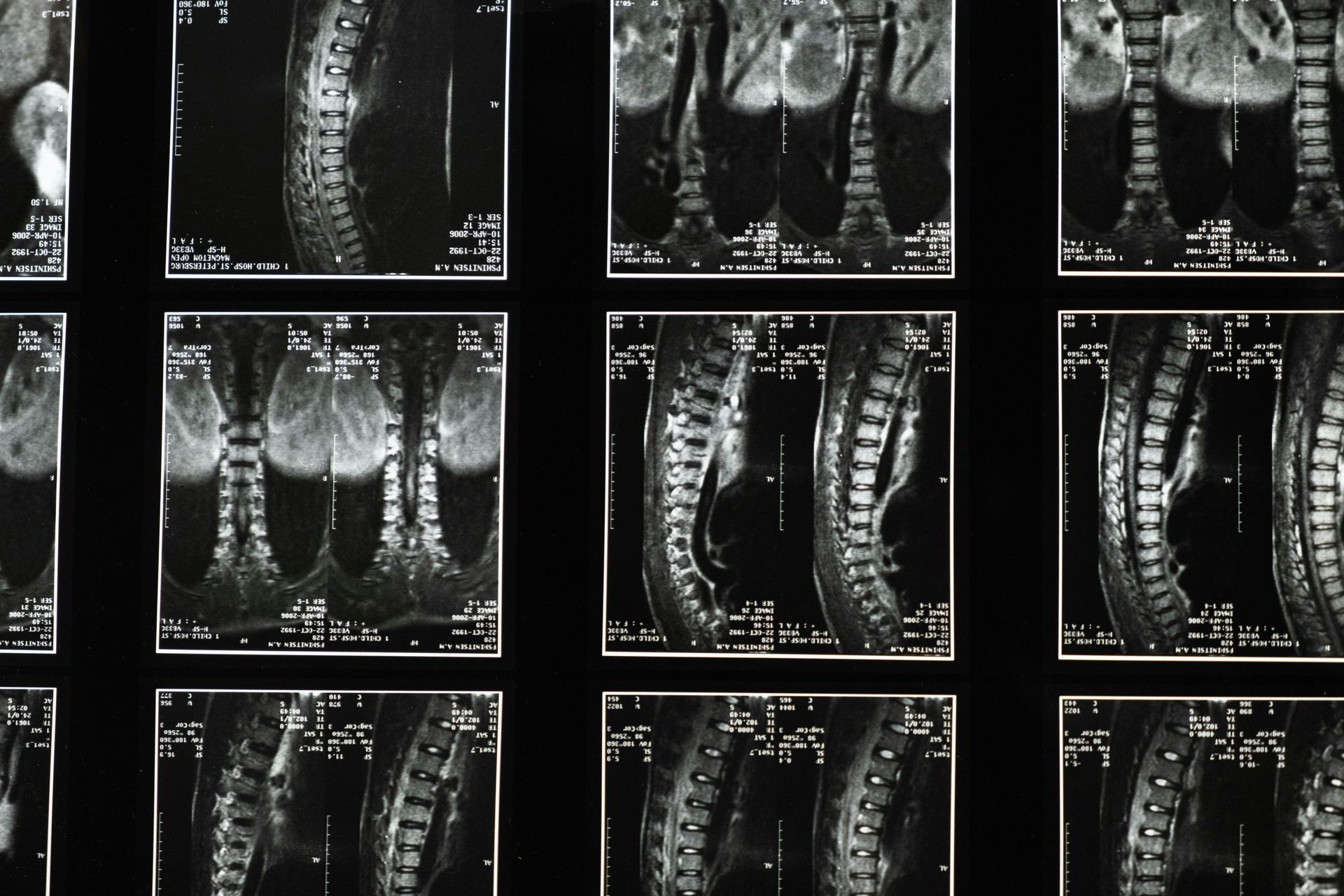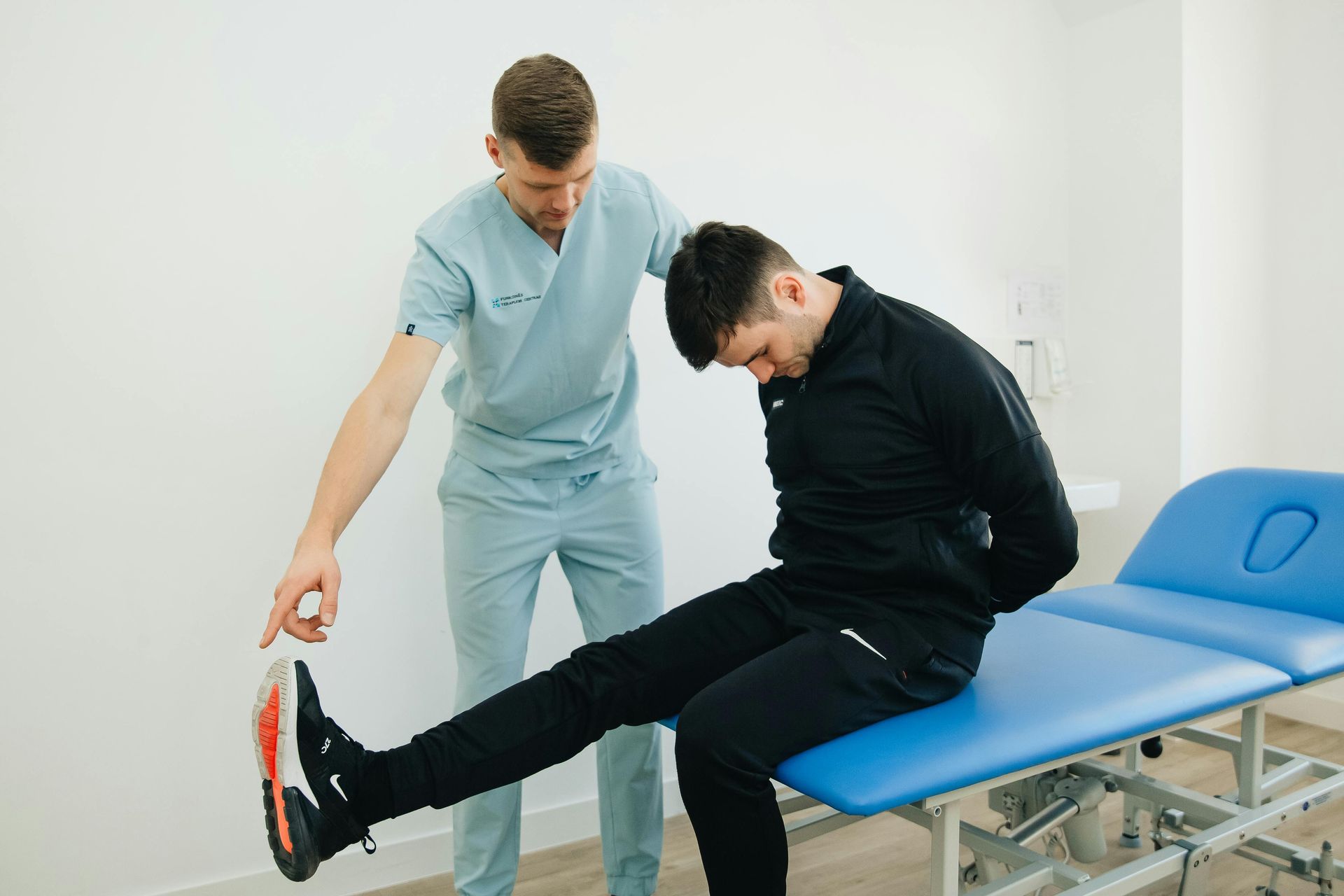The Difference Between Acute and Chronic Pain
Not all pain is the same. Whether you’ve recently suffered an injury or have been living with discomfort for months or even years, understanding the type of pain you're experiencing is key to finding effective relief. At Rainey Chiropractic, we take the time to evaluate whether your pain is acute or chronic, then tailor your care to support true healing—not just temporary relief.

What Is Acute Pain?
Acute pain is sudden and typically the result of an injury, accident, or specific trauma—like a car accident, fall, or lifting something incorrectly. It usually comes on quickly and may feel sharp or intense.
Some common causes of acute pain include:
- Whiplash from an auto accident
- Sprained muscles from overuse or improper movement
- A sudden strain from sports or physical activity
- Poor lifting technique causing back spasms
The good news? Acute pain generally responds well to early chiropractic intervention. With proper care, healing can happen efficiently, and you can avoid it developing into something more persistent.
What Is Chronic Pain?
Chronic pain is longer-lasting, typically lasting more than three months. It might start as acute pain that never fully healed or develop gradually due to poor posture, repetitive stress, or degenerative conditions.
Common chronic pain conditions include:
- Ongoing lower back or neck pain
- Headaches or migraines
- Pain from arthritis or joint degeneration
- Persistent muscle tension from long-term stress
Chronic pain can take a toll on your quality of life—not just physically, but emotionally and mentally, too. But with consistent and tailored chiropractic care, even long-standing discomfort can be improved.
How Chiropractic Care Helps Both Acute and Chronic Pain
At Rainey Chiropractic, we understand that acute and chronic pain require different strategies:
For Acute Pain:
- Gentle spinal adjustments to restore alignment and movement
- Therapies like electrical stimulation and cryotherapy to reduce inflammation
- Guidance on posture and activity modifications to support healing
- A short-term care plan to relieve pain quickly and promote proper recovery
For Chronic Pain:
- Long-term care plans to address root causes and manage flare-ups
- Corrective techniques to improve spinal mechanics and joint mobility
- Soft tissue therapies to release tension and improve flexibility
- Education and lifestyle tips to help prevent recurring pain
Whether your pain started yesterday or has been with you for years, we’re here to help you move forward—with comfort, function, and quality of life at the forefront.
Don’t Wait to Address Your Pain
The sooner you seek care, the better your outcome can be. Acute pain left untreated often becomes chronic, and chronic pain often worsens over time. Chiropractic care provides a safe, drug-free way to support your body’s healing process—wherever you are on your journey.
If you’re dealing with pain—recent or long-term—Rainey Chiropractic in St. Petersburg is here to help. Let’s build a care plan that works for your needs and helps you get back to doing what you love.



